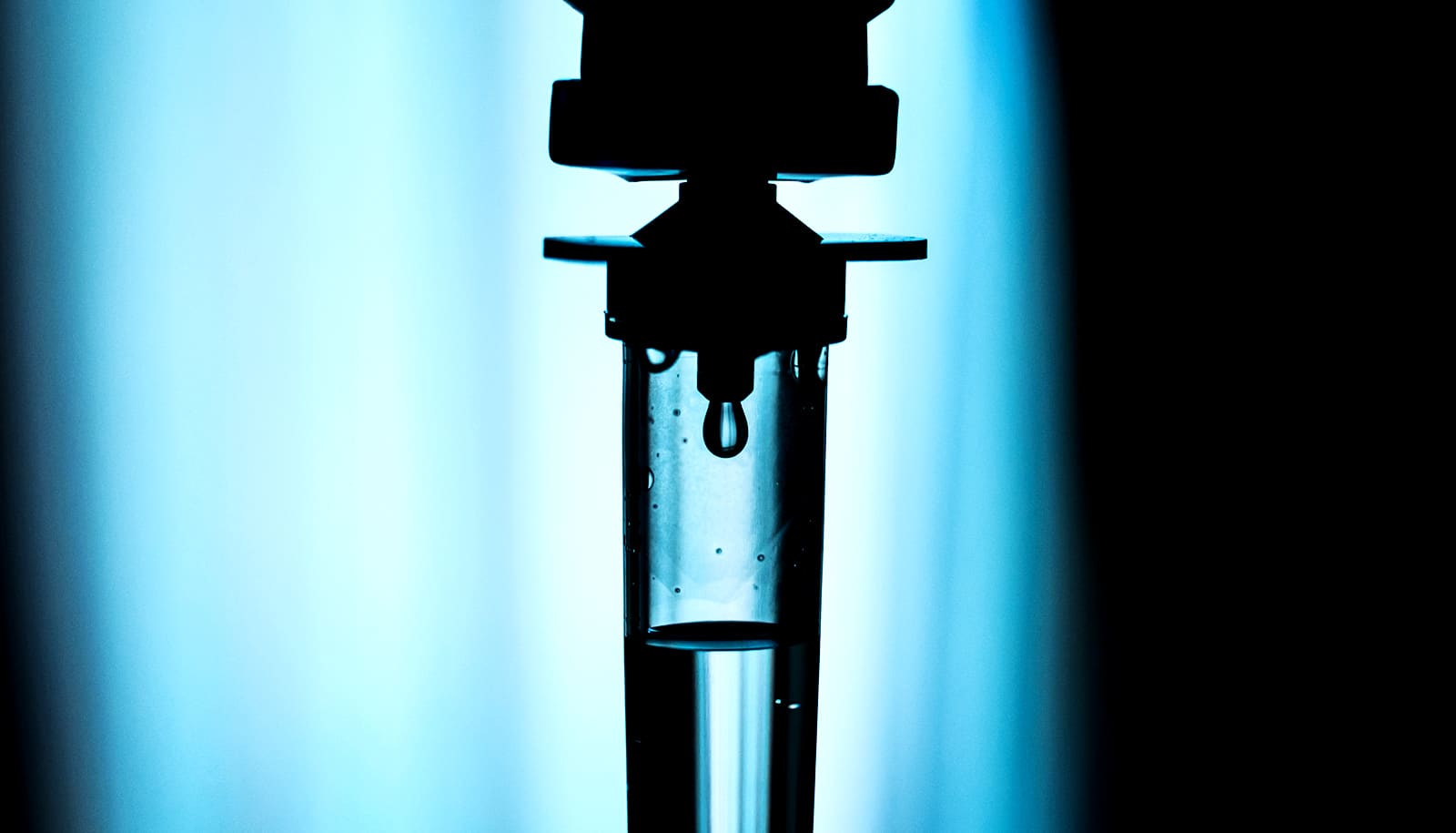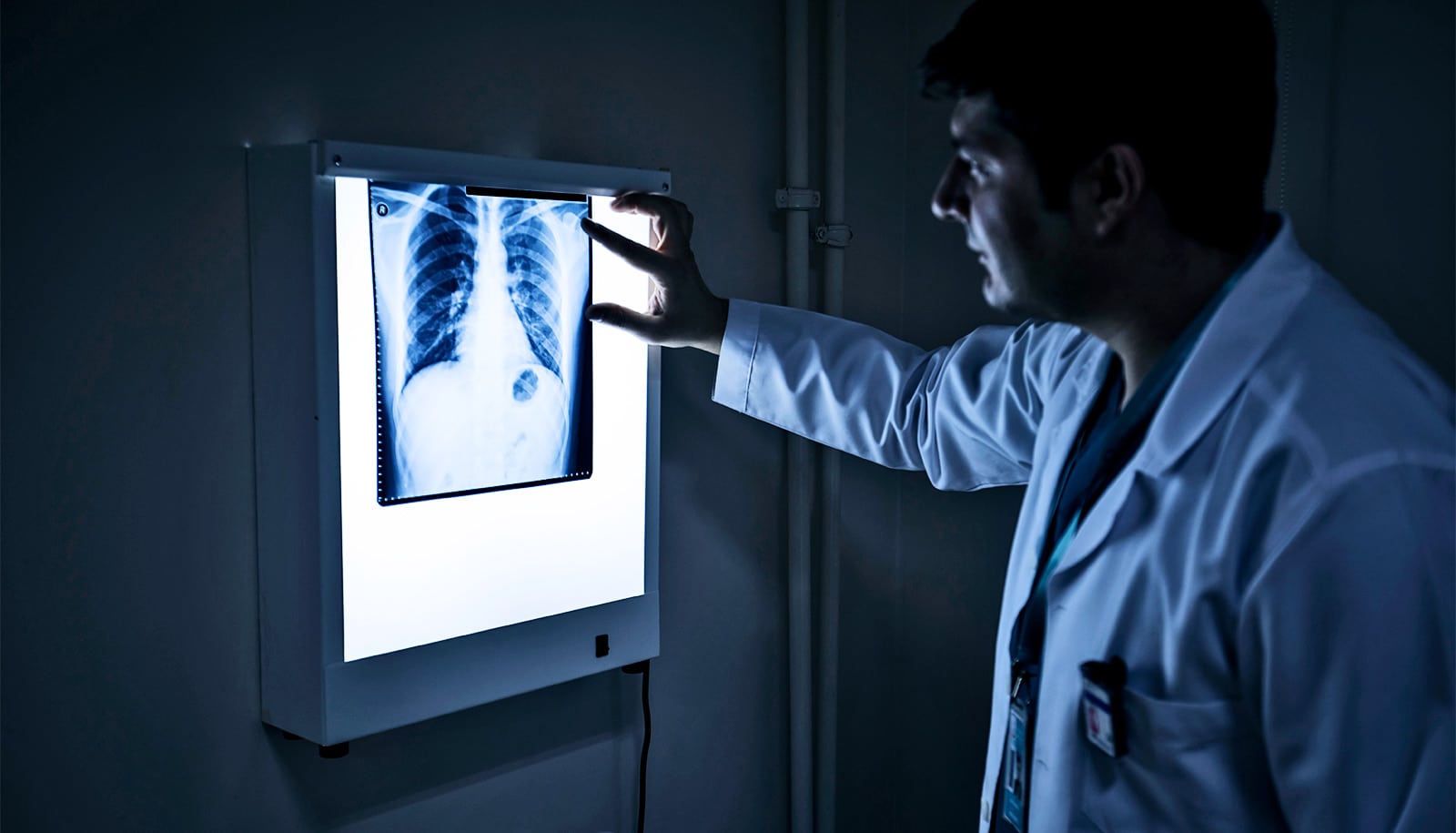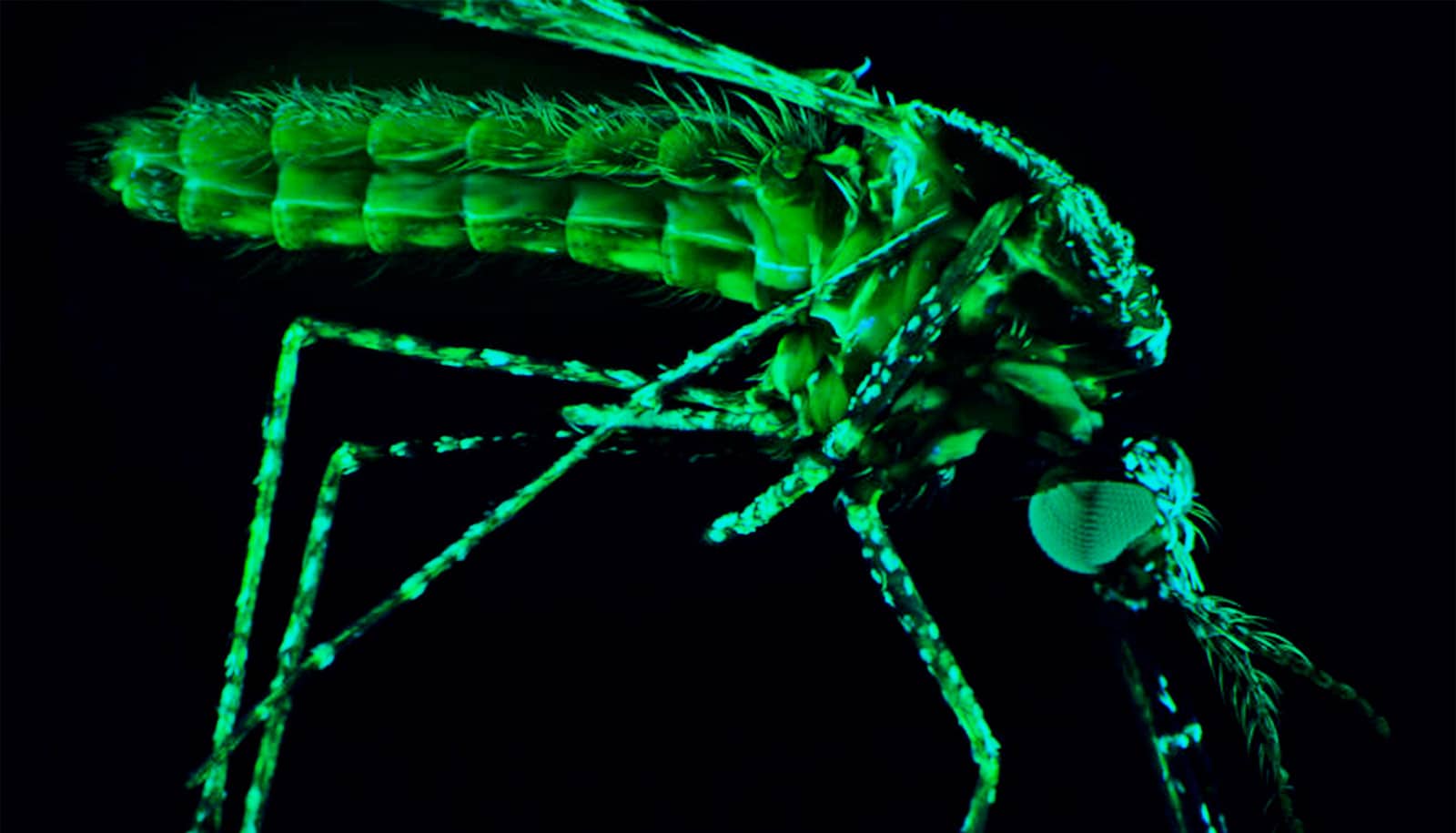Delivering the tuberculosis vaccine intravenously makes it more effective than the standard injection into the skin, a new study with monkeys shows.
Worldwide, more people die from tuberculosis (TB) than any other infectious disease, even though the vast majority receive a vaccination. The vaccine just isn’t that reliable, researchers say.
Now, the new findings in Nature suggest that simply changing the way doctors administer the vaccine could dramatically boost its protective power.
“The effects are amazing,” says senior author JoAnne Flynn, professor of microbiology and molecular genetics at the University of Pittsburgh Center for Vaccine Research. “When we compared the lungs of animals given the vaccine intravenously versus the standard route, we saw a 100,000-fold reduction in bacterial burden. Nine out of 10 animals showed no inflammation in their lungs.”
Flynn’s team tested several routes and doses of the only commercially available human TB vaccine, Bacille Calmette-Guérin (BCG), which is made of a live, weakened form of TB bacteria found in cattle.
The BCG vaccine is among the most widely used vaccines in the world and has been around for 100 years, but its efficacy varies widely.
Nearly full protection
The idea for an intravenous TB vaccination came from earlier experiments by the study’s other senior author, Robert Seder, at the Vaccine Research Center at the National Institute of Allergy and Infectious Diseases. Seder showed in both animals and humans that the malaria vaccine is more effective when delivered intravenously.
To test whether the method of administration matters for TB, Flynn and colleagues separated their colony of monkeys into six groups: unvaccinated, standard human injection, stronger dose but same injection route, mist, injection plus mist, and finally, the stronger dose of BCG delivered as a single shot directly into the vein.
Six months later, the researchers exposed the animals to TB and monitored them for signs of infection.
Monkeys are extremely susceptible to TB. All of the animals who received the standard human dose had persistent lung inflammation, and the average amount of TB bacteria in their lungs was only slightly less than in the monkeys who received no vaccine at all. The other injected and inhaled vaccines offered similarly modest TB protection.
The intravenous vaccine, on the other hand, offered nearly full protection. There was virtually no TB bacteria in the lungs of these animals, and only one monkey in this group developed lung inflammation.
“The reason the intravenous route is so effective,” Flynn explains, “is that the vaccine travels quickly through the bloodstream to the lungs, the lymph nodes and the spleen, and it primes the T cells before it gets killed.”
Can IV TB vaccine work in people?
Flynn’s team found BCG and activated T cells in the lungs of all the intravenously vaccinated animals. Among the other groups, BCG was undetectable in the lung tissue and T cell responses were relatively meager.
Next, the researchers plan to test whether lower doses of intravenous BCG could offer the same level of protection without the side effects, which mostly consist of temporary inflammation in the lungs.
But before researchers can test the method in humans, they need to know that it’s not only safe, but also practical. An intravenous vaccine requires more skill to administer and carries a higher risk of infection.
“We’re a long way from realizing the translational potential of this work,” Flynn says. “But eventually we do hope to test in humans.”
Additional authors are from the University of Pittsburgh, Massachusetts Institute of Technology, Harvard University, and Vir Biotechnology. The Bill and Melinda Gates Foundation, the National Institutes of Health, and the NIAID Intramural Research Program supported the work. PARI Pharma GbmH provided the aerosol vaccine delivery device.
Source: University of Pittsburgh



